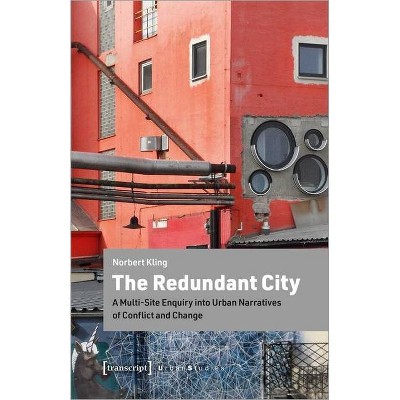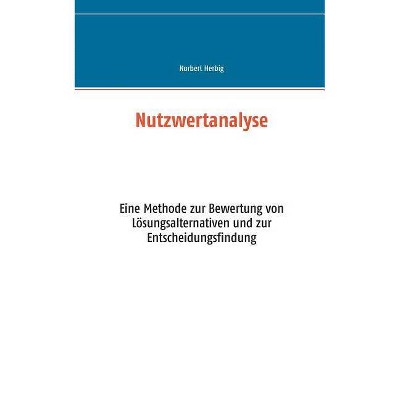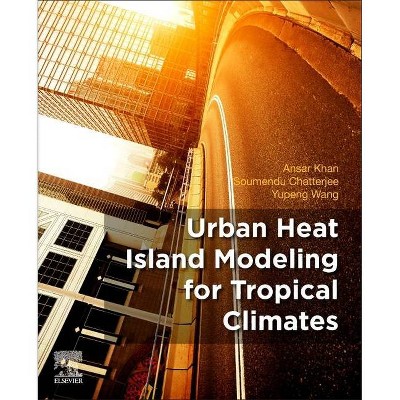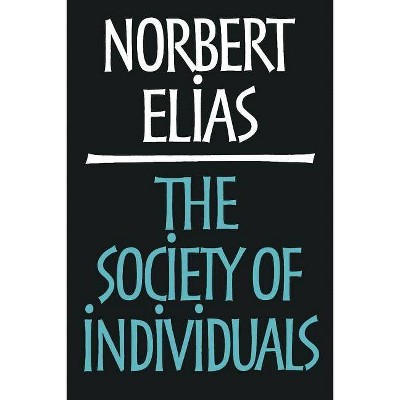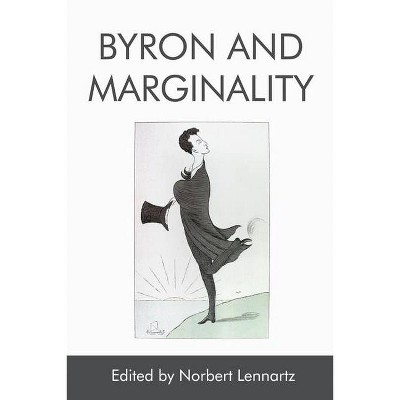Urban Travel Demand Modeling - by Norbert Oppenheim (Paperback)
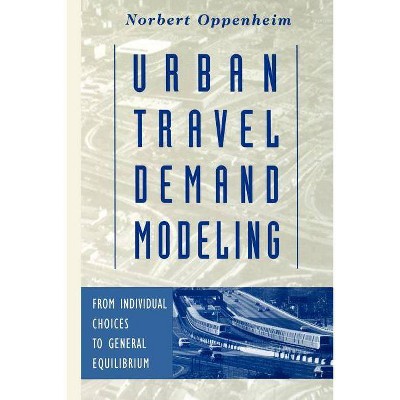
Similar Products
Products of same category from the store
AllProduct info
<p/><br></br><p><b> Book Synopsis </b></p></br></br>A state-of-the-art approach to urban travel demand modeling <p/> Currently used travel forecasting methodology was developed almostthree decades ago, primarily to assess the impacts of large-scalecapital improvement projects, and was not designed to deal withcontemporary urban transportation problems. To be effective today, travel demand models must explicitly represent traveler behavior, must be policy-sensitive, and must be operationally reliable. <p/> Urban Travel Demand Modeling: From Individual Choices to GeneralEquilibrium presents an integrated system of models which overhaulthe four traditional phases of travel generation, modal split, tripdistribution, and network assignment. This book shows, for thefirst time, how generalized network equilibrium may be rigorouslyforecast from the optimal travel choices of trip consumerswithout the need to resort to heuristic procedures such asfeedbacks. In addition, models for optimal transportation supplydecisions are integrated with the demand models. Transit travel andgoods movements are specifically addressed. <p/> To make this book as self-contained as possible, the authorprovides review material on the mathematics required and the basicconcepts of discrete choice modeling. Numerical examples throughoutthe book demonstrate the calibration and use of the models in avariety of situations, including uncongested and congestednetworks. Review problems are systematically provided, many withsolutions. Illustrative add-on software for model implementation onseveral popular platforms is also available separately. <p/> Urban Travel Demand Modeling may be used at the senior and graduatelevels in civil engineering, economics, operations research, urbanand regional planning, and geography courses. Transportationprofessionals in the private and public sectors, academics andresearchers, will also find this methodology a rich, versatile, andefficient tool with which to address major urban transportationissues, including demand management, road and parking pricing, environmental impacts, changing socioeconomic and activitypatterns, and urban development.<p/><br></br><p><b> From the Back Cover </b></p></br></br>A state-of-the-art approach to urban travel demand modeling <p>Currently used travel forecasting methodology was developed almost three decades ago, primarily to assess the impacts of large-scale capital improvement projects, and was not designed to deal with contemporary urban transportation problems. To be effective today, travel demand models must explicitly represent traveler behavior, must be policy-sensitive, and must be operationally reliable.</p> <p>Urban Travel Demand Modeling: From Individual Choices to General Equilibrium presents an integrated system of models which overhaul the four traditional phases of travel generation, modal split, trip distribution, and network assignment. This book shows, for the first time, how generalized network equilibrium may be rigorously forecast from the optimal travel choices of trip consumers without the need to resort to heuristic procedures such as feedbacks. In addition, models for optimal transportation supply decisions are integrated with the demand models. Transit travel and goods movements are specifically addressed.</p> <p>To make this book as self-contained as possible, the author provides review material on the mathematics required and the basic concepts of discrete choice modeling. Numerical examples throughout the book demonstrate the calibration and use of the models in a variety of situations, including uncongested and congested networks. Review problems are systematically provided, many with solutions. Illustrative add-on software for model implementation on several popular platforms is also available separately.</p> <p>Urban Travel Demand Modeling may be used at the senior and graduate levels in civil engineering, economics, operations research, urban and regional planning, and geography courses. Transportation professionals in the private and public sectors, academics and researchers, will also find this methodology a rich, versatile, and efficient tool with which to address major urban transportation issues, including demand management, road and parking pricing, environmental impacts, changing socioeconomic and activity patterns, and urban development.</p><p/><br></br><p><b> About the Author </b></p></br></br>NORBERT OPPENHEIM is Professor of Transportation in the Civil Engineering Department of The City College of New York, and at the Graduate Center, both of the City University of New York (CUNY), as well as on the staff of the Institute for Transportation Systems of CUNY. He received his PhD in civil engineering from the University of California at Berkeley. Among his many publications is Applied Models in Urban and Regional Analysis. He serves on the editorial board of Transportation Research, B. His current research interests are in network analysis, spatial demand modeling, and decision support systems.
Price History
Price Archive shows prices from various stores, lets you see history and find the cheapest. There is no actual sale on the website. For all support, inquiry and suggestion messages communication@pricearchive.us
